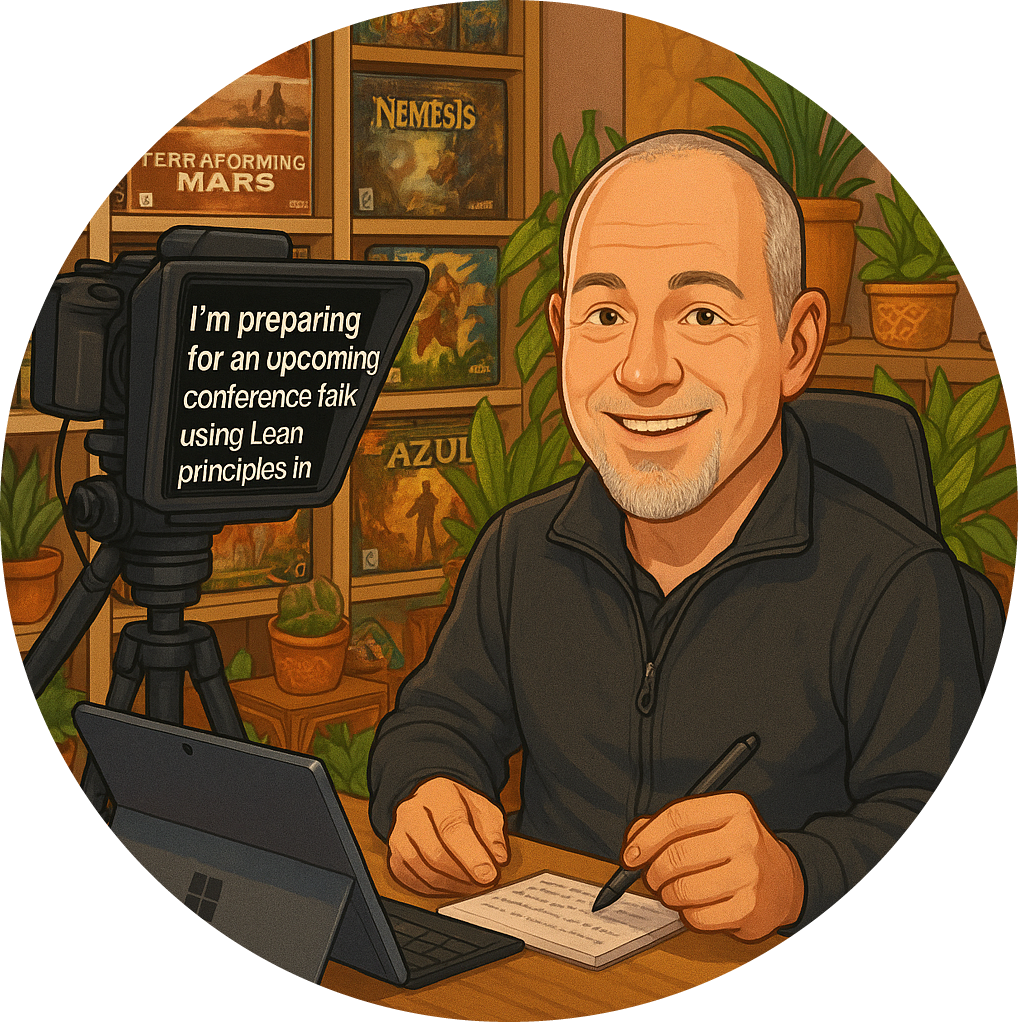In what circumstances is agile consulting appropriate?
Agile consulting is almost always my first and favourite approach when working with customers.
Internal Core Competencies
The only reason why an organization thinks that they need an agile coach, rather than an agile consultant, is because of a systemic lack of leadership within the organization.
They have lots of managers, but not many empowered leaders.
So, they think that they need someone to come in and bridge that servant-leadership gap.
This generally leads to the organization hiring external agile coaches but they really shouldn’t be that because internal servant leadership is a core business practice. It shouldn’t be something that you outsource, it should be something that you develop internal capabilities around.
You don’t and shouldn’t outsource core business practices because that is what makes your business successful.
The danger of outsourcing core competencies.
When companies hire long-term agile coaches, they ultimately harm the business and create problems with the individuals and teams they work with. The coaches have a different remuneration structure, often higher than core members of the team, and as those coaches depart, they tend to take a great deal of capabilities and core competencies with them.
The team are pretty much left to start from scratch whenever a deeply experienced, well-trained Agile coach leaves the environment.
So, you want an agile consultant that is going to help you develop that internal capability and ensure that when they do leave the environment, the team are stronger and more capable than ever before, able to continuously improve and evolve with each learning and delivery cycle.
Develop internal core competencies.
Don’t get me wrong, there is a kickstart value to having an agile coach join the team, but it shouldn’t be a long-term engagement. Like an agile consultant who is a short-term engagement designed to help empower a team with agile capabilities, the agile coach should be looking to help the team improve and develop internal leadership and coaching capabilities.
The value would be in creating agile coaches inside of your business rather than outsourcing that role to external agile coaches.
Actively seeking and finding the individuals in your organization that can make that transition from management to leadership. People that can transition from micro-management to coaching and mentoring within the organization.
So, in my experience, when an organization thinks they need an agile coach, what they really need is an agile consultant that can – through a short-term engagement – help them identify what the most valuable steps would be in order to become a more successful organization.
Solving the right problems in the right way.
An agile consultant is looking for the most compelling problems and helping the organization to develop the most effective, sustainable solutions. In some cases that is simply a matter of telling people what needs doing to solve the problem, in other cases it is a process of discovery through the design of hypotheses and experiments.
This is what we need to try first and based on what we have learned through the data and evidence we gather; this is what we need to focus on next.
First things first.
It’s easy to think about the overall problem and the big picture solution that is necessary, but what a great agile consultant does is help you figure out where to start.
What do you need to do right now to move the needle on the metrics that matter most, and what do you need to do after that to build momentum and grow capabilities?
In many of my agile consulting engagements, a client will ask what they can do right now to build traction and begin to solve problems. It’s my job to show them what needs doing right now, and to work with them to identify how things need to evolve from there.
An agile coach doesn’t really excel in these areas.
An agile coach will be focused on a long-term engagement model that moves slowly through the process of identifying where you currently are, what you think needs to happen next, and how the team want to approach the problem-solving elements of their work.
Pragmatic, actionable interventions.
In my experience, clients want to know which switch to flick to solve a problem and begin to construct the solution. They want a series of short, sharp, yet powerful interventions that begin to move the needle on the most compelling problems they need to solve or the most valuable solutions that they need to create.
There are several agile case studies which reveal that many agile transformations are feeble and flawed. The long-term, coaching-driven approach with soft interventions that may or may not work, hasn’t proven effective in helping organizations achieve the objectives and outcomes they want.
In addition to this, the continued dependence on external coaches and agile practitioners, results in flawed transformations because the core business hasn’t changed. The core competencies and agile capabilities within the organization have never evolved because of those external dependencies.
So, as soon as the crutch of external coaches and practitioners are removed, the organization reverts to the problematic beast it was at the start of the engagement.
Rapid, sustainable transformation.
An agile consultant has access to powerful models and frameworks, such as open agile and open agile beta, that rapidly transform teams and develop agile capabilities in teams of teams.
In essence, flipping the switch and embedding a powerful new way of working that is quickly assimilated into team and leadership environments.
Agile consultants are valuable in helping you identify which switches you need to flip, but in my experience, the people in your organization already know what those things are. They just need a strong, skilled agile consultant to help them tackle the most compelling problems and build momentum with a new, agile style of working that improves with each iteration.
The art of consulting is helping teams focus on the most valuable work, and to help them solve the most compelling problems, in short periods of time. We don’t need years to solve problems. We can tackle a problem and solve it relatively quickly. We can then rinse and repeat with other problems in the organization and rapidly transform how we work and how we think.
About NKD Agility
Naked Agility is an #agile consultancy that specializes in #scrumtraining, #agilecoaching and #agileconsulting to help teams evolve, integrate, and continuously improve.
We recognize the positive impact that a happy AND inspired workforce can have on customer experience, and we actively help organizations to tap into the power of creative, collaborative, and high-performing teams that is unique to #agile and # scrum environments.
If you are interested in #agiletraining, visit https://nkdagility.com/training/
If you have identified the need for #agilecoaching and #agileconsulting, visit https://nkdagility.com/agile-consulting-coaching/
We would love to work with you.
#scrum #agile #scrumteam #agileprojectmanagement #agileproductdevelopment #projectmanagement #productdevelopment #agilecoach #agileconsultant #agiletraining #scrumtraining #scrumorg


























